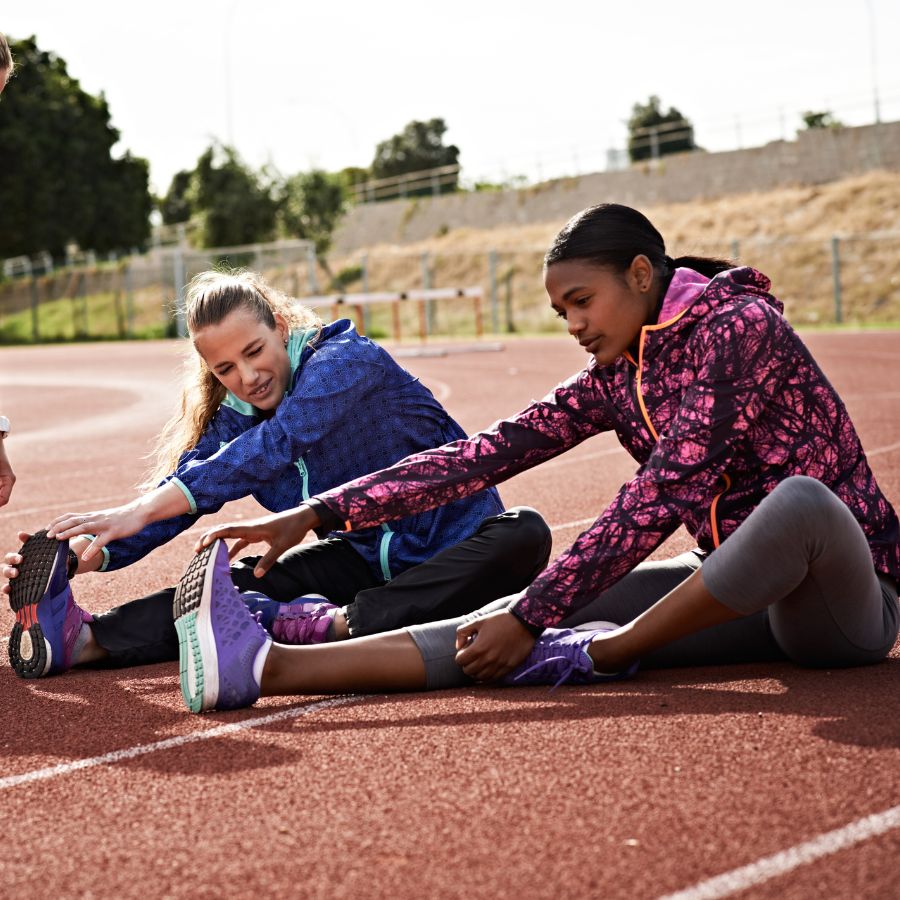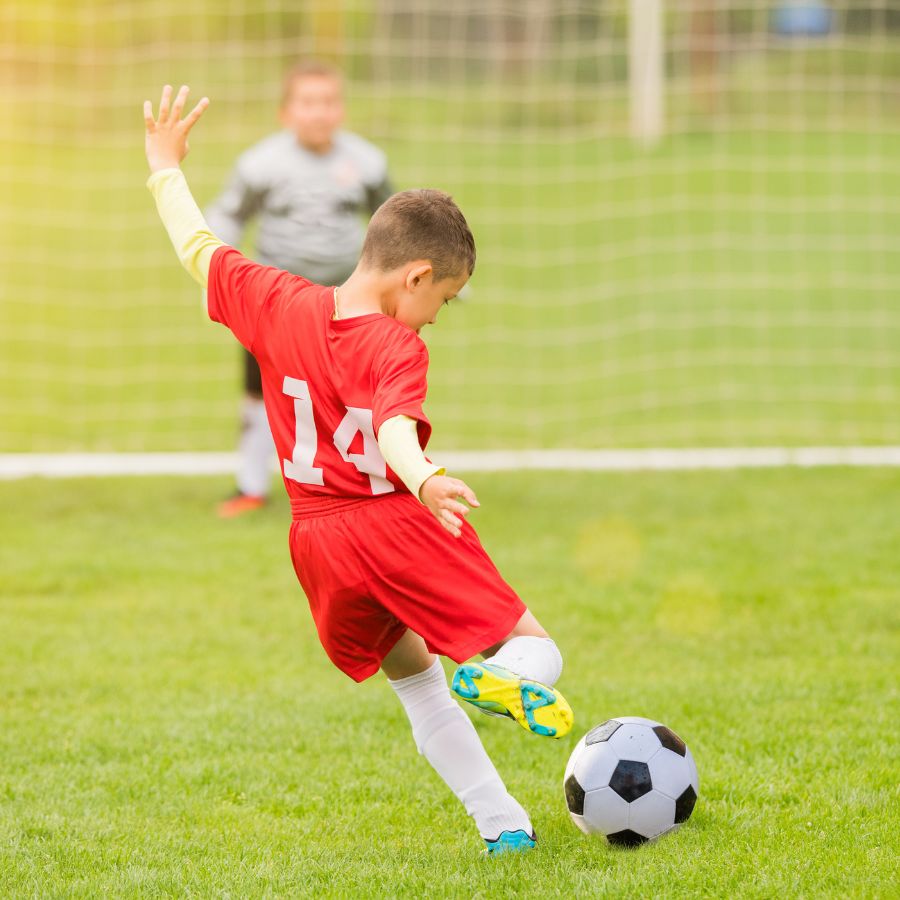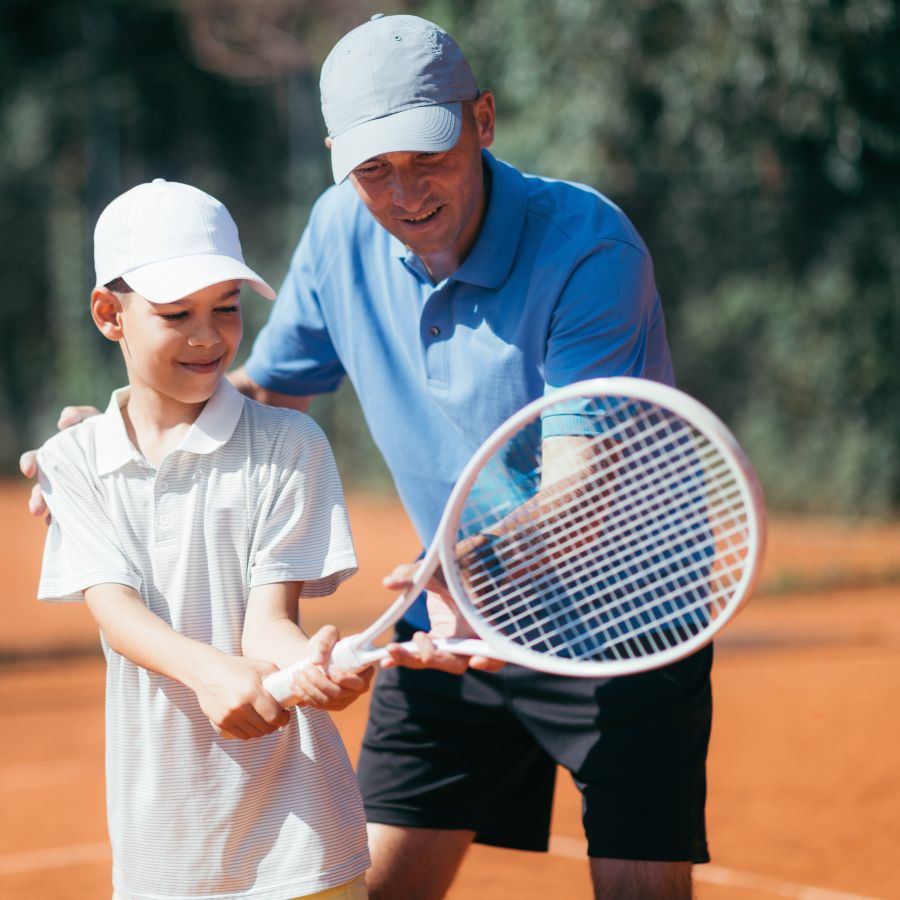Balancing fun and safety when selecting sports for young athletes
Find out how to choose athletic activities that are engaging and safe for young people while reducing the risk of injury and promoting well-being.
The number of research studies that confirm the benefits of sports for young people is widespread. From physical fitness to social skills development, and improved mental health, finding the right balance between fun and safety is important to make sure that every young athlete has a positive sporting experience.
In Australia, sports-related injuries accounted for 31% of all unintentional injury hospitalisations. This highlights the importance of why careful consideration must be given when choosing sports for young people.
By taking factors like age, physical development, and personal interests into consideration, parents, coaches and young people have the opportunity to make better decisions about the right sports activity to pursue. This not only helps young people enjoy sports activities more but also maximises the benefits of participating in sports while minimising the risk of injury.
Top ways to balance fun and safety when choosing sports for young people
With sports injuries accounting for a notable portion of hospitalisations among young people, there are many ways to select a sport that isn’t just safe but also enjoyable.

Consider age-appropriate activities
Consider the physical and mental developmental stage of the young person. For younger children, keep an eye on activities that improve their fundamental movement skills like running, throwing, jumping, and catching. Gradually introduce more complex sports as they grow to evolve their abilities and keep their interest. This progression ensures that young people have a positive experience while reducing the risk of injury.

Assess individual interests and personalities
Encourage young people to try different sports to discover where their passion lies. Some may prefer team sports like football and cricket while others thrive in individual sports like tennis. Consider their temperament and motivation levels when suggesting sports. A young person passionate about their sport is likely to stick with it longer and follow safety guidelines to ensure lifelong safety and love for the sport.

Balance competitive and recreational options
While some young people may prefer competition, others simply want a less intense activity in the form of recreational activities. Provide a mix of competitive and non-competitive sports to cater to the different skill levels and preferences of young people. This will help young people challenge themselves without feeling pressured to compete in intense situations, helping reduce burnout and promoting long-term engagement.

Prioritise proper coaching and supervision
When selecting sports programmes, pick those conducted by qualified coaches who understand proper safety and skill development. Look for programs that adhere to best practices in youth sports like comprehensive safety protocols and adequate adult-to-child ratios. Aside from injury prevention, good coaching can also improve enjoyment of the sport, creating an environment that’s conducive to a lifelong dedication to sports.
What Our Community Says About Us
Our Partners





Youthsafe: Supporting safe sports for Australian youth
Youthsafe offers tailored workshops, resources, and training programs aimed at young people, parents, and coaches. These initiatives are designed to educate young people and their adult influencers about safe sports, injury prevention, and responsible decision-making on and off the field.
Our approach to sports safety for young people has helped us provide the tools they need to prevent serious injury while enjoying their favourite sporting activities. Aside from sports, Youthsafe also helps young people stay safe at work, during social events, and while driving.
FAQs
Low-impact sports that are generally safe and enjoyable for young people include swimming, cycling, table tennis, golf, and volleyball. These activities provide excellent cardiovascular benefits and skill development opportunities while minimising stress on joints and reducing injury risks. However, all sports carry some risk, so proper technique and safety measures are still important.
The frequency of sports participation depends on factors such as age, fitness level, and the intensity of the activity. Generally, children and adolescents should aim for at least 60 minutes of moderate to vigorous physical activity daily. This can be achieved through a combination of organised sports, physical education, and active play. It's important to balance sports with other activities and allow adequate rest to prevent burnout and overuse injuries.


